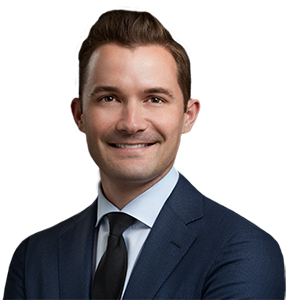Shoulder Resurfacing

Shoulder being an active joint is prone to injuries and may also get affected from conditions like arthritis, which results in impaired functioning and related discomfort. The traditional method of treatment for such conditions is shoulder joint replacement. However, the advances in technology and new researches in medicine, have resulted in a superior alternative technique, known as shoulder resurfacing.
Shoulder resurfacing is a surgical procedure, in which only the diseased part of the joint is replaced rather than the complete joint as in shoulder replacement. It is noticed that shoulder resurfacing is comparatively less traumatic, less invasive, is a natural tissue retaining procedure and also more effective than the conventional shoulder replacement. Other major advantages are better range of movement, no risk of fat embolus or fracture near the tip of bone; restoration of normal anatomy and can be performed even in deformed bones.
What are the indications for shoulder resurfacing?
Shoulder resurfacing is indicated in people suffering from different conditions including osteoarthritis, rheumatoid arthritis, avascular necrosis, rotator cuff or instability arthropathy, and post-traumatic arthritis.
What are the complications and solutions related to shoulder resurfacing?
It has been noted that people with medical problems or those aged 80 and above are at more risk of developing medical complications such as heart attack, blood clot formation in the legs and other complications during or after the surgery. These risks can be greatly reduced by using certain anticoagulants and other drugs, before and after surgery.
It has been observed that shoulder bones of the patients suffering from rheumatoid arthritis are very fragile and may face complications such as fractures at the tip of the humerus bone during surgery. Therefore, special implants have been designed to overcome this condition.
What are the precautionary measures to be taken before and after the surgery?
Special care for patients is essential before and after the surgery, especially in patients with certain medical problems. Those conditions must be carefully monitored and treated accordingly. In addition, different tests such as blood tests, X-rays of chest, ECGs and many others are done before surgery as per the need and condition of the patient for better results. Surgeons may also prescribe medication rich in calcium and bisphosphonates for improving the bone density in certain patients.
Following the surgery, physiotherapy will be recommended for improving the strength & mobility of the shoulder muscles. One should avoid lifting heavy weights at an early stage because this imparts more strain on the healing tendons.
Patients can leave the hospital after three days of surgery and all the attached clips are removed from their skin after 14 days. In general, patients can restore to their normal activities in about 6 weeks after the surgery.










